45 how to read labels for healthy eating
PDF A Guide to Reading Food Labels - University of Rochester Make healthy choices easier by understanding the sections of the Nutrition Facts label. 1. Serving Size. The serving size is a measured amount of food. In the sample label, the serving size is one cup, and there are two servings per container. If you ate the whole container, you would eat two cups, which doubles the calories and other nutrient ... Food Labels | CDC - Centers for Disease Control and Prevention Check the Serving size first. All the numbers on this label are for a 2/3-cup serving. This package has 8 servings. If you eat the whole thing, you are eating 8 times the amount of calories, carbs, fat, etc., shown on the label. Total Carbohydrate shows you types of carbs in the food, including sugar and fiber.
How to read food labels | healthdirect In Australia, the law requires all manufactured foods to carry labels containing safety and nutrition information. This information helps you to make decisions about the food you buy and eat so you can follow a healthy diet. The label will tell you: the name of the product, describing accurately what it is the brand name
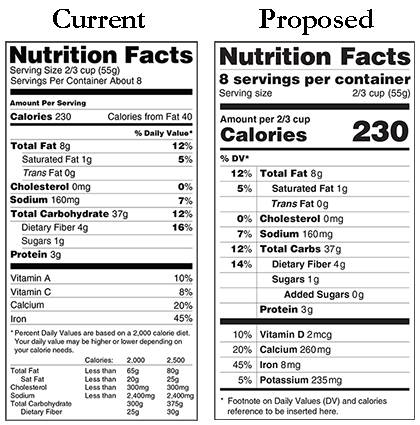
How to read labels for healthy eating
How to Read Food Labels for a Heart-Healthy Diet In general if you take the total carbs and subtract the fiber, you get net carbs, a better indicator of what the body will absorb into the blood stream. The lower the net carbs, the better." Berries: "I usually choose blueberries, which are anti-inflammatory and not as high in sugar as bananas." How to Read Nutrition Labels | Cooking Light The footnote now reads, "The % Daily Value (DV) tells you how much a nutrient in a serving of food contributes to a daily diet. 2,000 calories a day is used for general nutrition advice.". By utilizing the Percent Daily Value feature, you can see if a source can be considered a good, bad, or even excellent source of particular nutrients ... Food labels - NHS Some front-of-pack nutrition labels use red, amber and green colour coding. Colour-coded nutritional information tells you at a glance if the food has high, medium or low amounts of fat, saturated fat, sugars and salt: red means high amber means medium green means low In short, the more green on the label, the healthier the choice.
How to read labels for healthy eating. safefood | How to read food labels To make healthier choices, you need to be able to make sense of food labels. Understanding food labels can be tricky. It takes time and practice. Start at home by getting familiar with labels on the foods you eat regularly. Then when you are shopping, compare labels of similar products to find the healthiest option. Here are the things to look ... How To Read Nutrition Labels - Mayo Clinic Diet The % Daily Value (DV) tells you how much a nutrient in a serving of food contributes to a daily diet. 2,000 calories a day is used for general nutrition advice. Low is 5% or less. Aim for low in saturated fat, trans fat, cholesterol, sodium, and added sugars. High is 20% or more. Aim high in vitamins, minerals and dietary fiber. 4. How to Properly Read & Understand Nutrition Labels - Studio SWEAT onDemand Here are some of the most common claims when reading nutrition labels and what they really mean: Light. Light products are processed to reduce either calories or fat. Some products are simply watered down. Check carefully to see if anything has been added instead — like sugar. Multigrain. This sounds very healthy right? How to Read Food Labels | mySugr Before reading the rest of the label, look at the serving size. The rest of the information — such as carbs, calories, sugars, fiber, and more — will be based on the serving size that's listed. Eating more than a serving size means you'll get more carbs, sugars, and calories than what's listed.
How to Understand and Use the Nutrition Facts Label | FDA In the sample label, one serving of lasagna equals 1 cup. If you ate two cups, you would be consuming two servings. That is two times the calories and nutrients shown in the sample label, so you... How to understand food labels | Eat For Health The Nutrition Information Panel on a food label offers the simplest and easiest way to choose foods with less saturated fat, salt (sodium), added sugars and kilojoules, and more fibre. It can also be used to decide how large one serve of a food group choice or discretionary food would be and whether it's worth the kilojoules. How to Read Food Labels Without Being Tricked - Healthline The product may contain very little whole grains. Check the ingredients list — if whole grains aren't in the first three ingredients, the amount is negligible. Fortified or enriched. This ... How to read food labels - Heart Foundation NZ Health Stars are a front of pack labelling system designed to identify healthier choices within broad food categories - the more stars the better! It is designed to be used on most packaged foods. The star rating is calculated using an algorithm that takes into consideration a number of positive and negative nutrients for a particular food.
How to read food labels: MedlinePlus Medical Encyclopedia Always check the serving size first. All the information on the label is based on the serving size. Many packages contain more than 1 serving. For example, the serving size for spaghetti is most often 2 ounces (56 grams) uncooked, or 1 cup (0.24 liters) cooked. If you eat 2 cups (0.48 liters) at a meal, you are eating 2 servings. When it comes to reading food labels, what's most important? Serving size. Check to see how many servings the package contains. The nutrition numbers on the rest of the label are for a single serving. So if you eat two ... How to Read the 2020 Nutrition Labels | Healthy Outlook Choose foods that are higher in fiber, Vitamin D, calcium, iron and potassium. Limit added sugars, saturated fat and sodium. For adults, aim for at least 25-30 grams of fiber a day, 15 mcg (600 IU) of Vitamin D, 1,000-1,500 mg calcium and 4,700 mg potassium. For iron, adult males should aim for 8 mg per day. How to Read Nutrition Labels and Eat Healthy - Scripps Health New food labels must include: Calories, calorie count, number of servings and serving size in larger, bolder type Serving size updates Listing of vitamin D and potassium Listing of added sugars Listing of saturated and trans fats Easier-to-understand footnote explaining Percent Daily Value (DV) Original vs. New Nutriton Facts label
How To Read Food and Beverage Labels - National Institute on Aging At the top of the Nutrition Facts label, you will find the total number of servings in the container and the food or beverage's serving size. The serving size on the label is based on the amount of food that people may typically eat at one time and is not a recommendation of how much to eat. Read more about serving and portion sizes.
Healthy Eating - 6 Small Changes To Try Today - National Association ... Make sure to read labels - look at portion sizes, calories, fat content, carbs and vitamin content. Read up on how to evaluate food labels in this guide from the National Institute on Aging. Healthy eating can be a challenge. But with the right planning and consistency, you'll find yourself making healthier food choices.
Lesson 4: Reading Food Labels | High School | HealthSmart - ETR In this lesson, students learn how to use food labels to make healthier food choices. After reviewing the food log they completed as homework, they discuss how the Nutrition Facts on food packaging can help people choose healthy foods. Students examine the Nutrition Facts on a sample food label and identify the key information the label provides.
How to read nutrition labels 101 | healthylife A good way to compare the nutritional value of different foods is to pay attention to the column on the nutrition label that tells you about the content per 100 grams. That way, you can easily convert it to percentages in your head (or with your calculator).
Understanding Food Nutrition Labels | American Heart Association Learn what to look for on the label. 1 - Start with the serving information at the top. This will tell you the size of a single serving and the total number of servings per container (package). 2 - Next, check total calories per serving and container.
How to Read Labels for Healthy Eating - The Healthy Giraffe Read the ingredients on the product label required by the FDA and the FDA states, "The ingredients are listed in order of predominance, with the ingredients used in the greatest amount first, followed in descending order by those in smaller amounts."
How to read nutrition labels - Dr. Gourmet A quick way to evaluate a food is the 20 / 5 rule. When you look at a package, if the fat, sodium or cholesterol are under 5%, that's good. If any are over 20% you should consider carefully. For total carbohydrates, dietary fiber, vitamins and minerals, a DV of 5% or lower is bad; a DV of 20% or higher is good.
Reading Food Labels Can Help You Make Informed Healthier Food Choices This year's theme Healthy Eating Active Living: Be a Good Label Detective - Read It Before You Eat It! focuses on the importance of improved consumer health literacy. In light of the COVID-19 pandemic and the repercussions of this unprecedented event, now more than ever, consumers need to understand nutrition label language and how to ...
Label reading 101 - Healthy Food Guide The 'per serve' column is handy for estimating how much you should eat. You can quickly see how much fat, fibre, sodium or kilojoules (calories) you're getting from one serve. This may influence how much - or how little - of a serve you want to eat. The 'per 100g' column - which is next to the 'per serve' column - is the most important column.
How To Read Food Labels - 10 Tips | Pritikin Program For Eating Right Try to avoid foods with added, refined caloric sweeteners in the first three to five ingredients. Because ingredients are listed in descending order of weight, the lower down the label you find added sugars, the better. 10. Make sure that any grain is WHOLE grain, such as whole-wheat flour.
Reading Food Labels | ADA - American Diabetes Association Put food labels to work. The Nutrition Facts labels on foods are really the key to making the best choices. We'll cover the basics so that these labels make shopping easier for you. You've heard it all. From carb-free to low-carb, to whole and empty carbs, it's hard to know what it all means. Blood sugar highs and lows aren't always ...
Food labels - NHS Some front-of-pack nutrition labels use red, amber and green colour coding. Colour-coded nutritional information tells you at a glance if the food has high, medium or low amounts of fat, saturated fat, sugars and salt: red means high amber means medium green means low In short, the more green on the label, the healthier the choice.
How to Read Nutrition Labels | Cooking Light The footnote now reads, "The % Daily Value (DV) tells you how much a nutrient in a serving of food contributes to a daily diet. 2,000 calories a day is used for general nutrition advice.". By utilizing the Percent Daily Value feature, you can see if a source can be considered a good, bad, or even excellent source of particular nutrients ...
How to Read Food Labels for a Heart-Healthy Diet In general if you take the total carbs and subtract the fiber, you get net carbs, a better indicator of what the body will absorb into the blood stream. The lower the net carbs, the better." Berries: "I usually choose blueberries, which are anti-inflammatory and not as high in sugar as bananas."


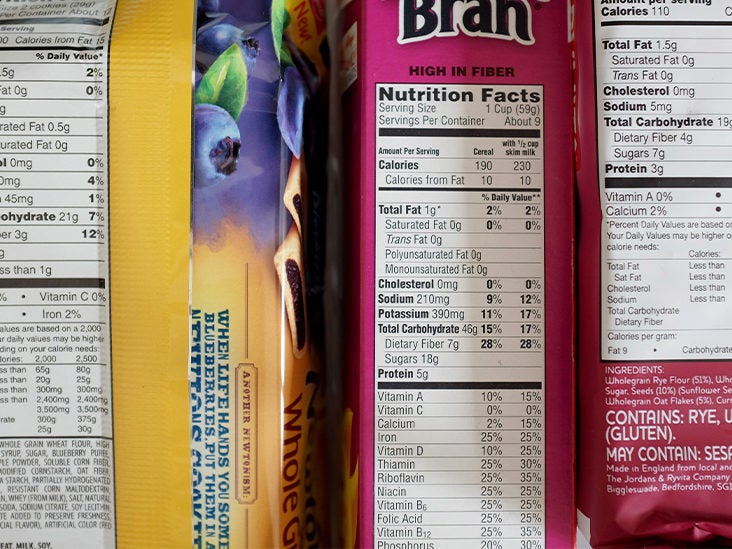
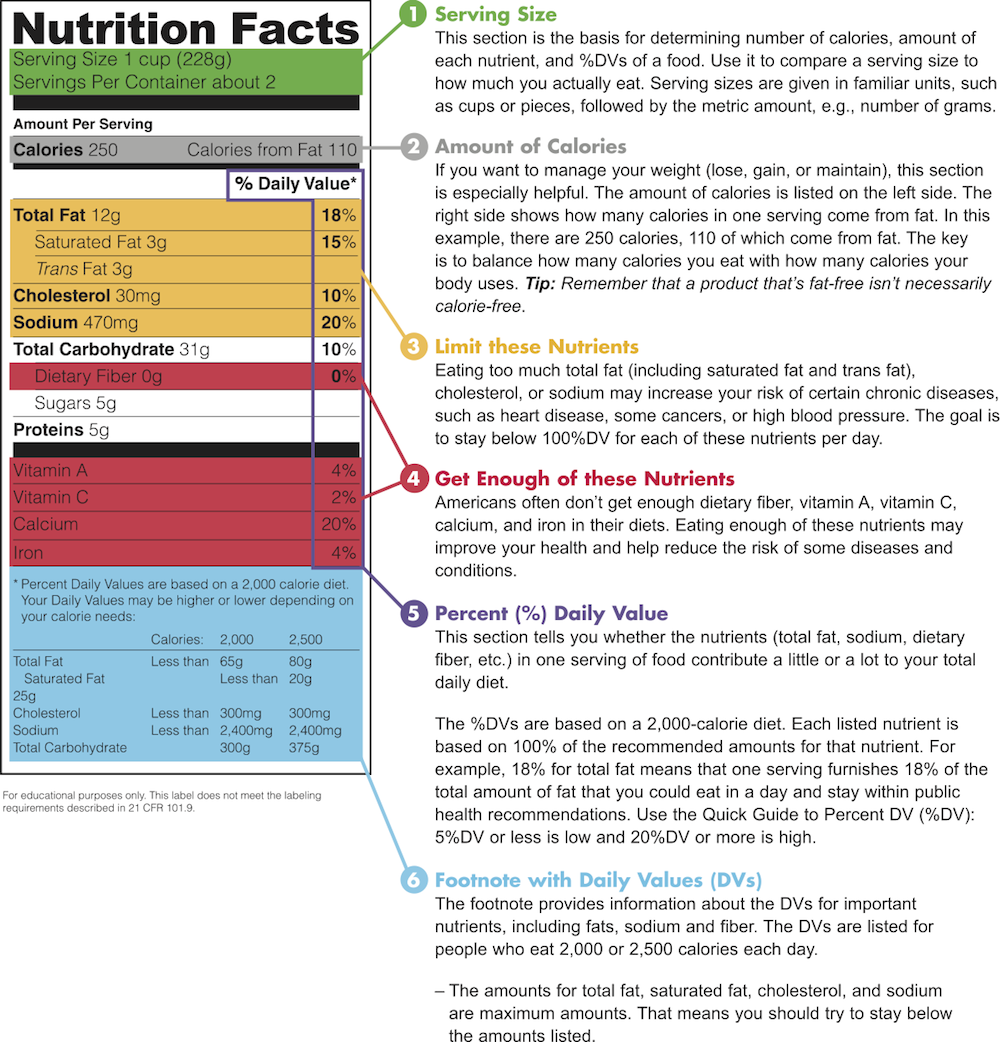

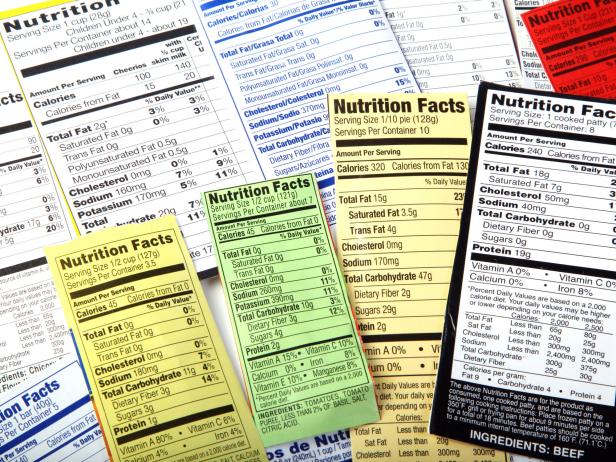

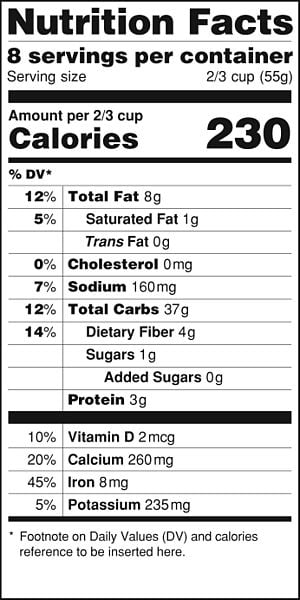
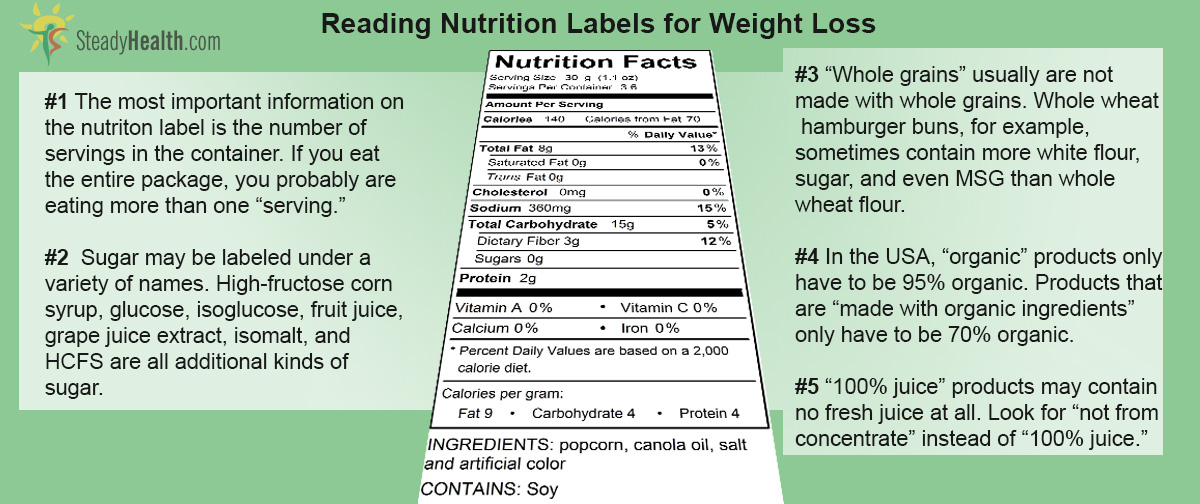
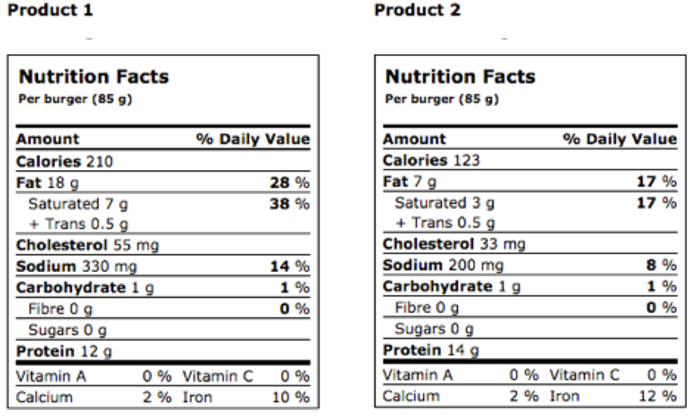
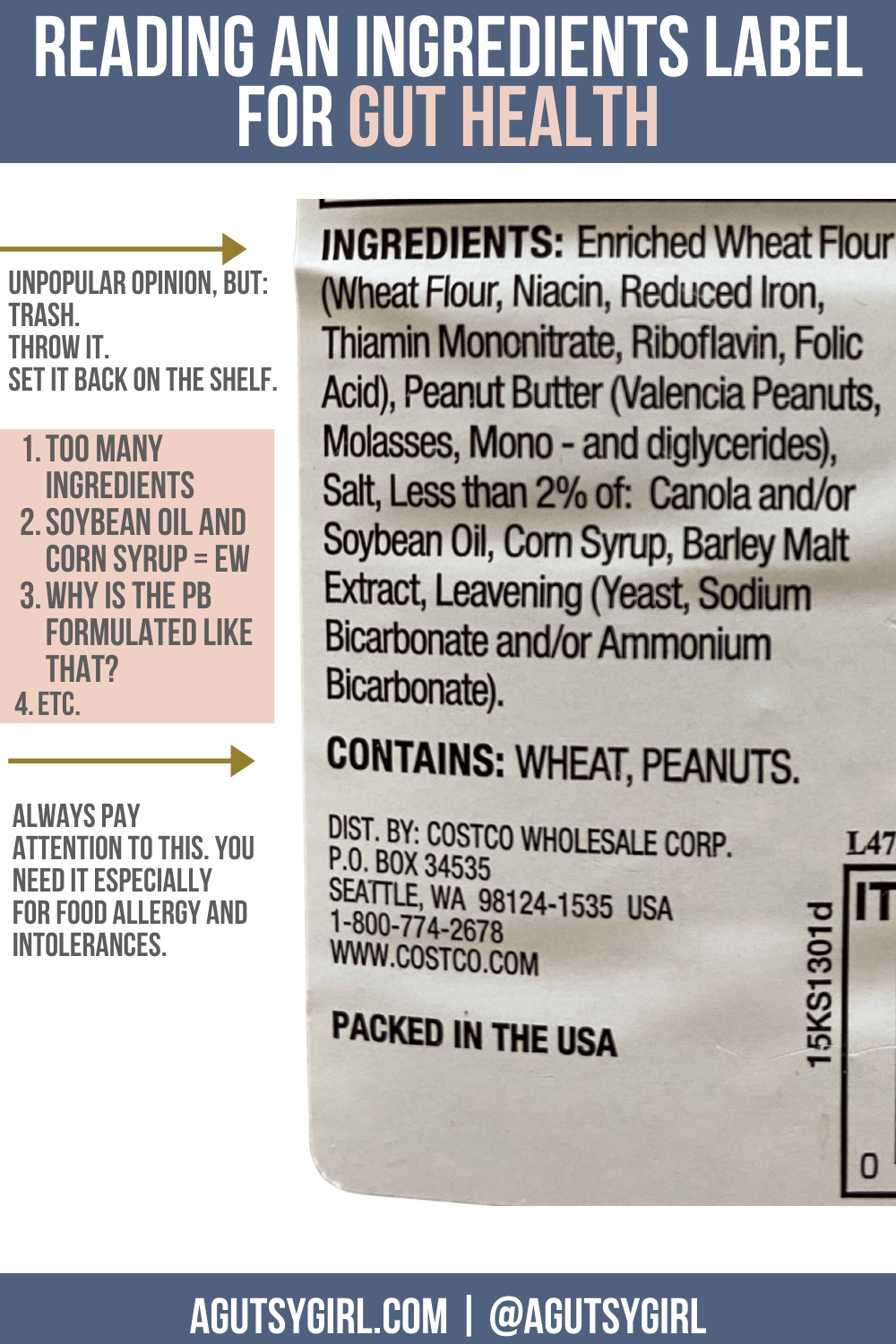


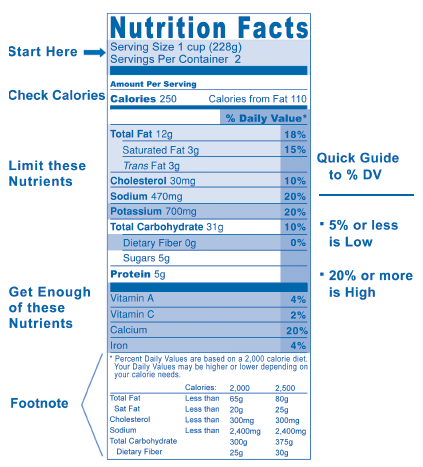

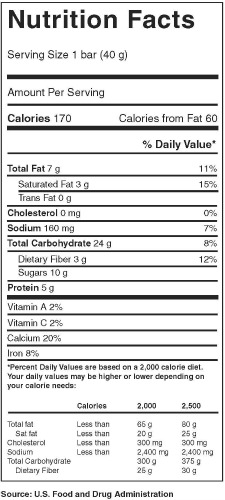

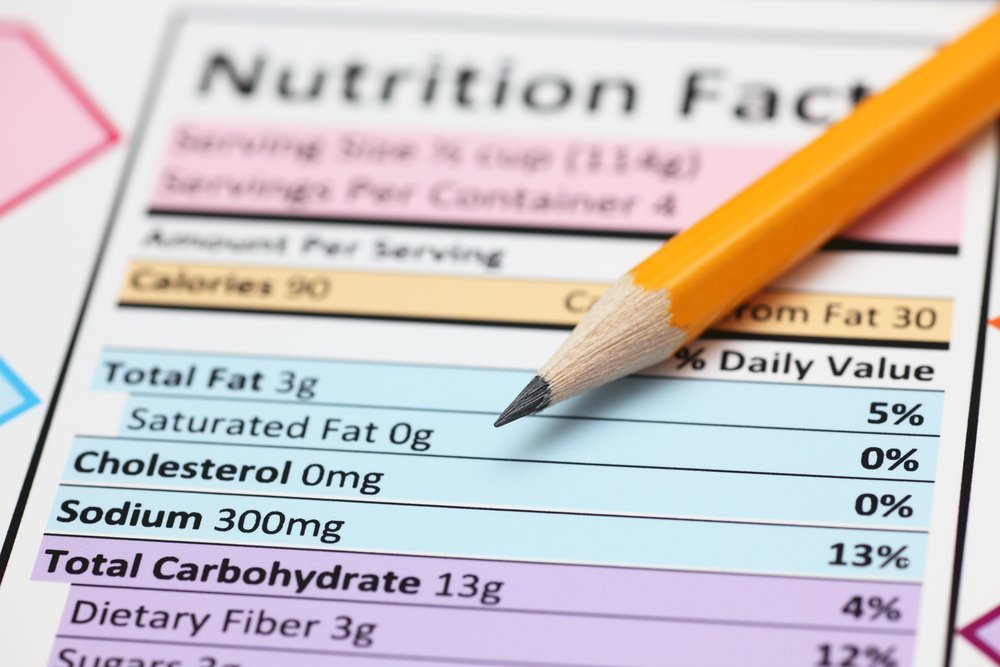
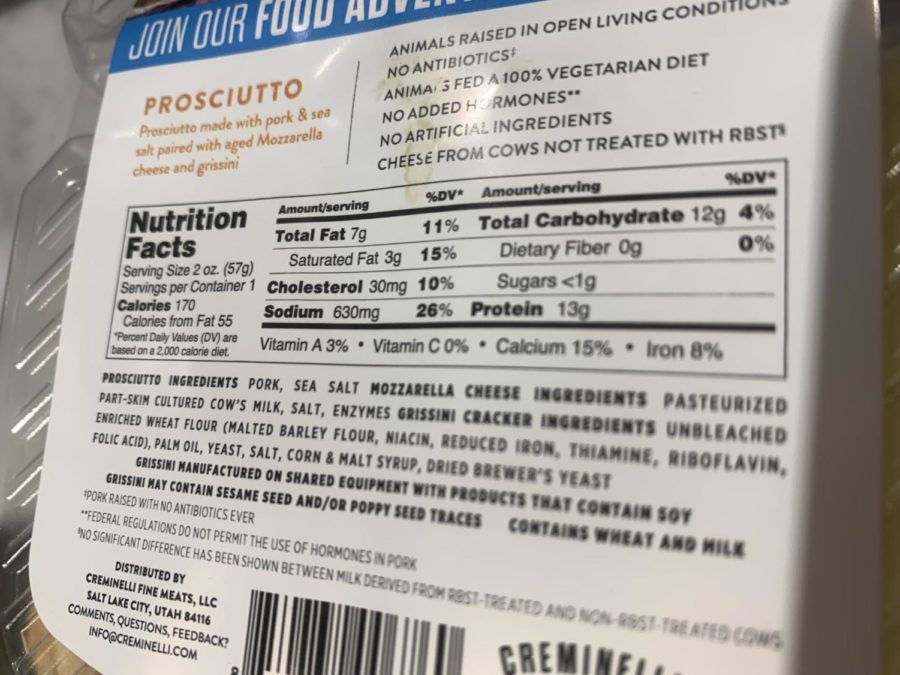
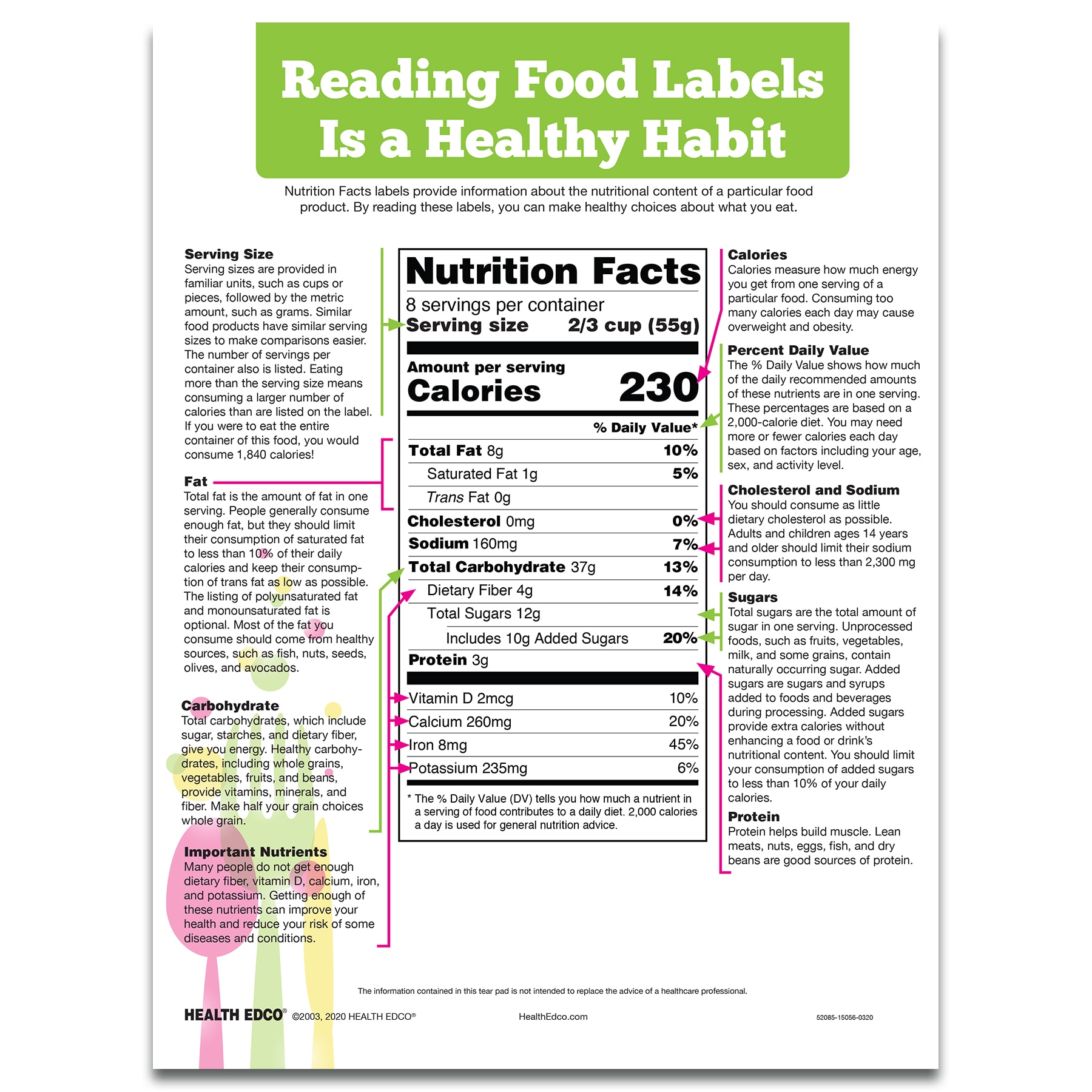

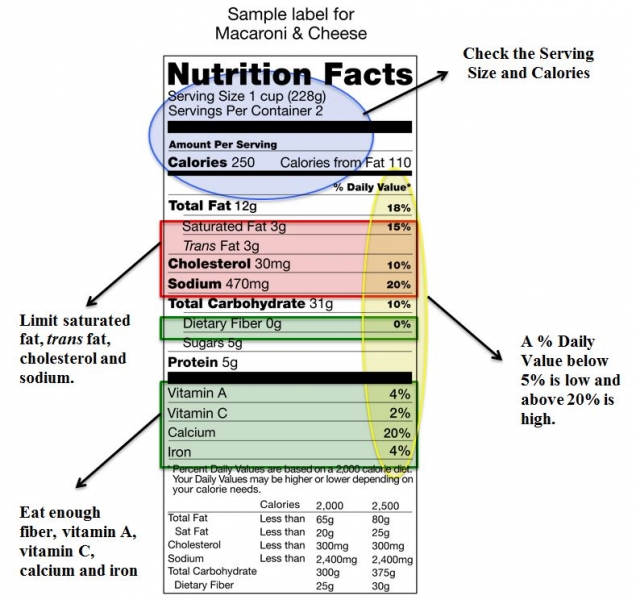
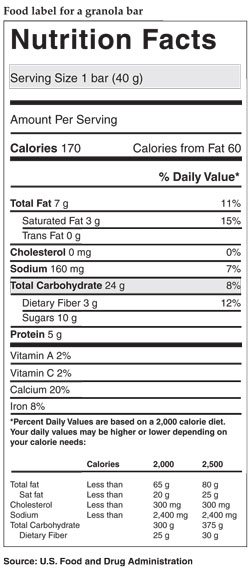
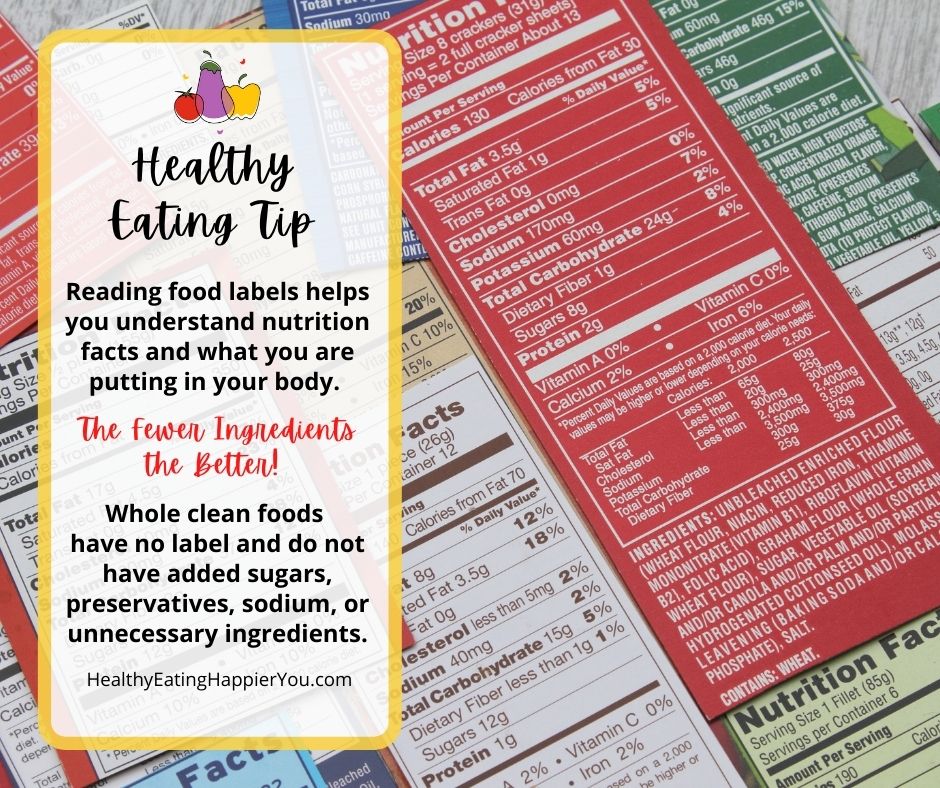

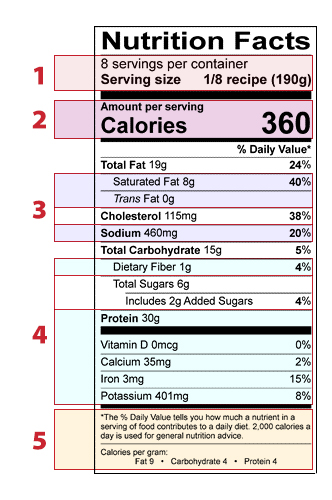

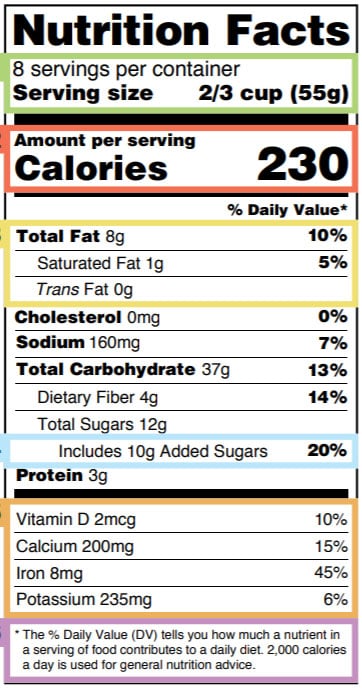


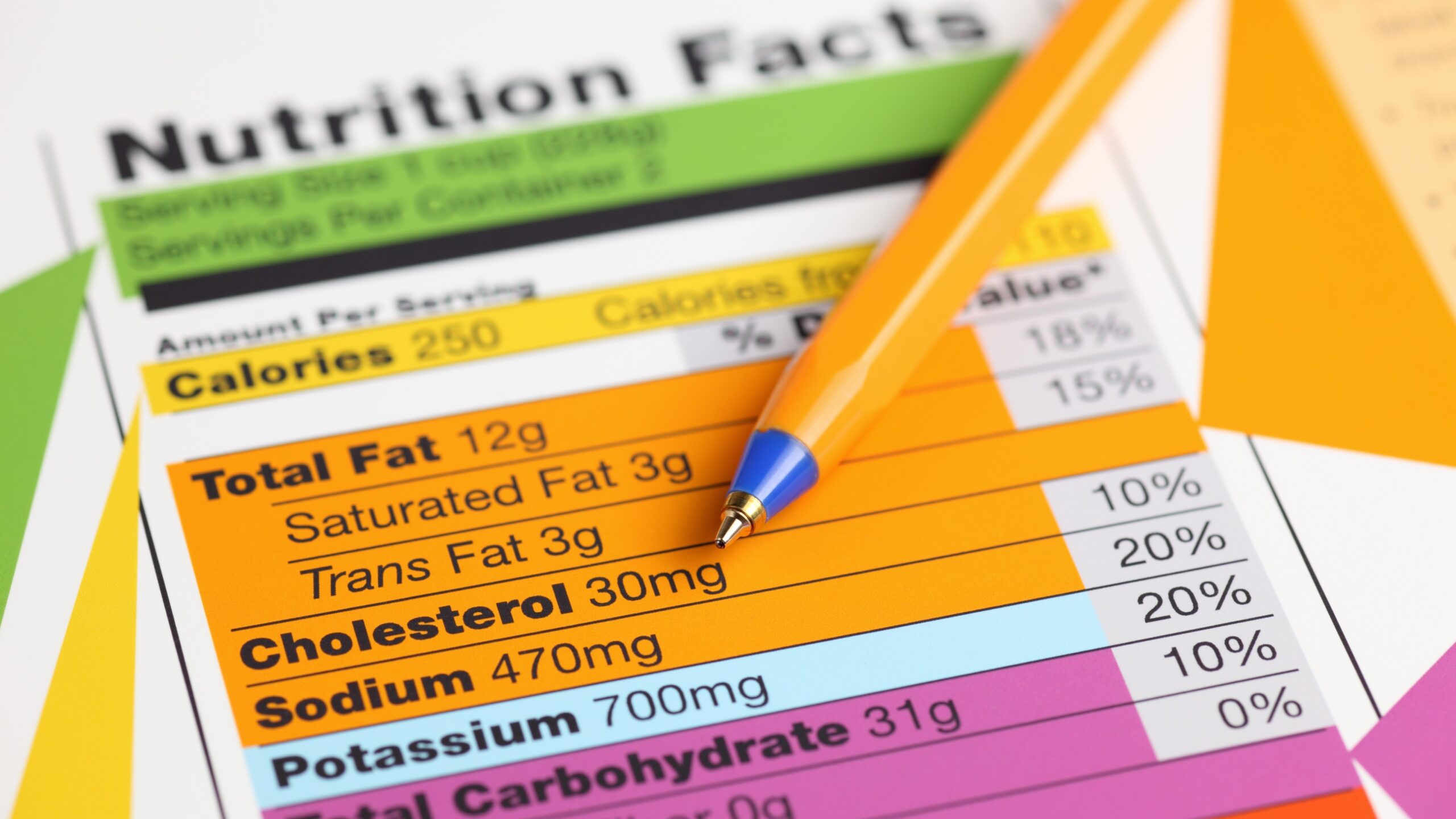



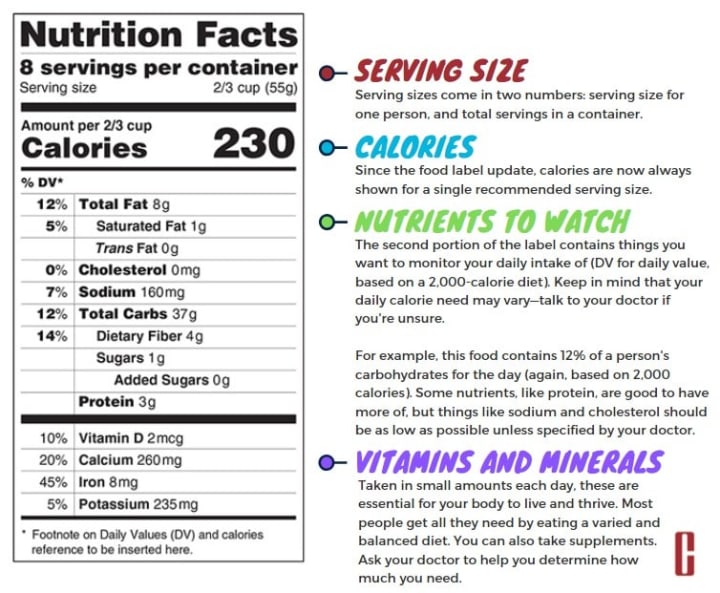


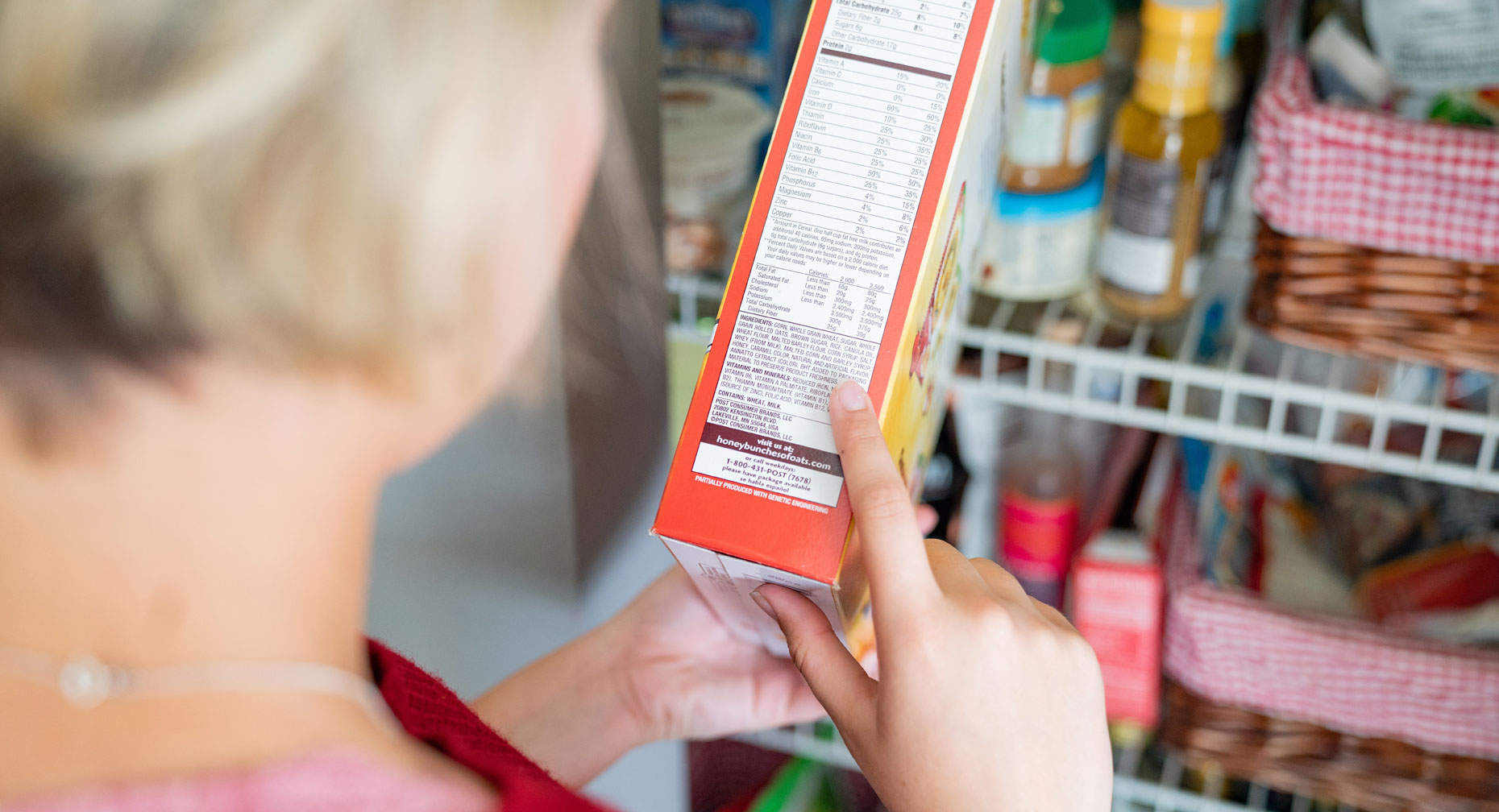
Post a Comment for "45 how to read labels for healthy eating"